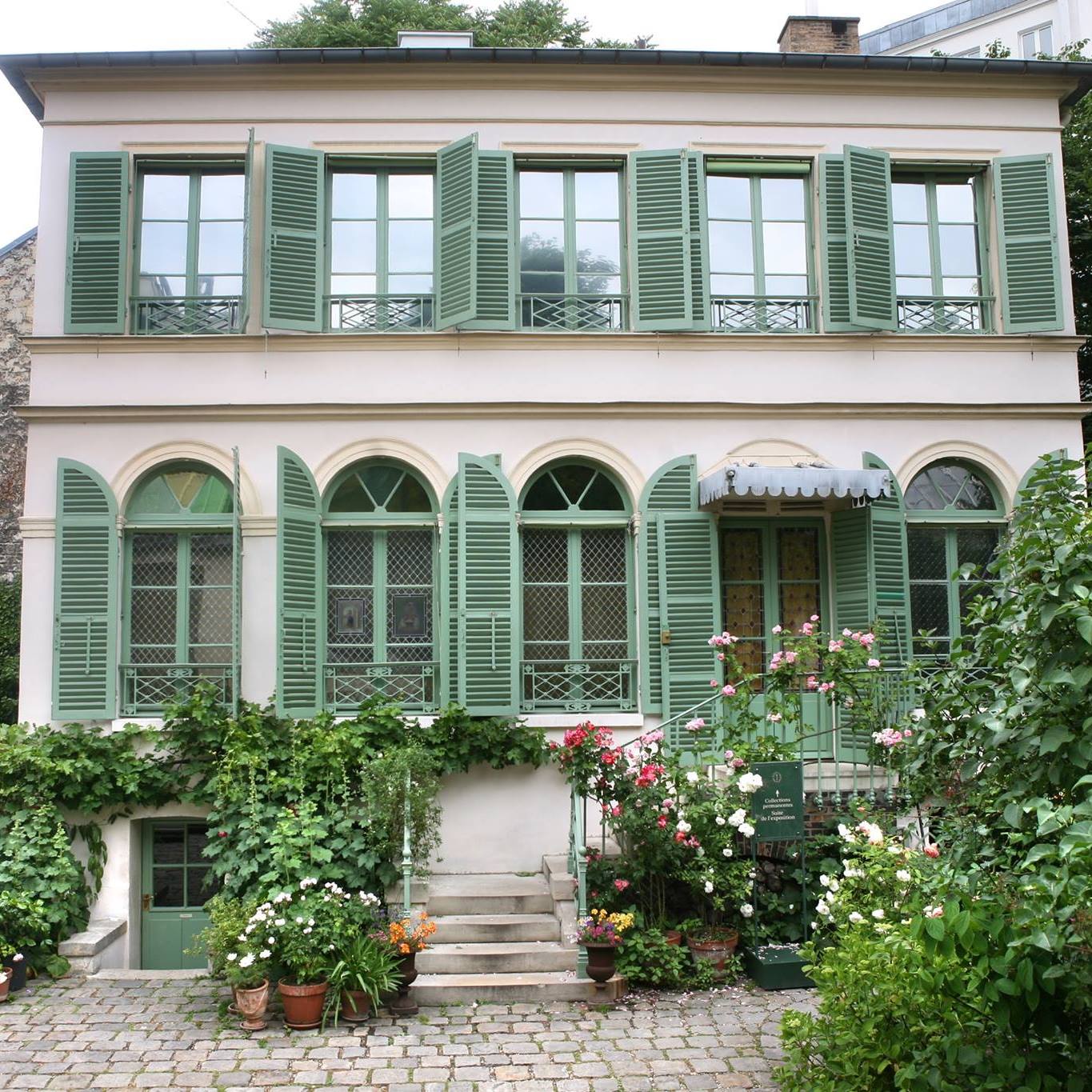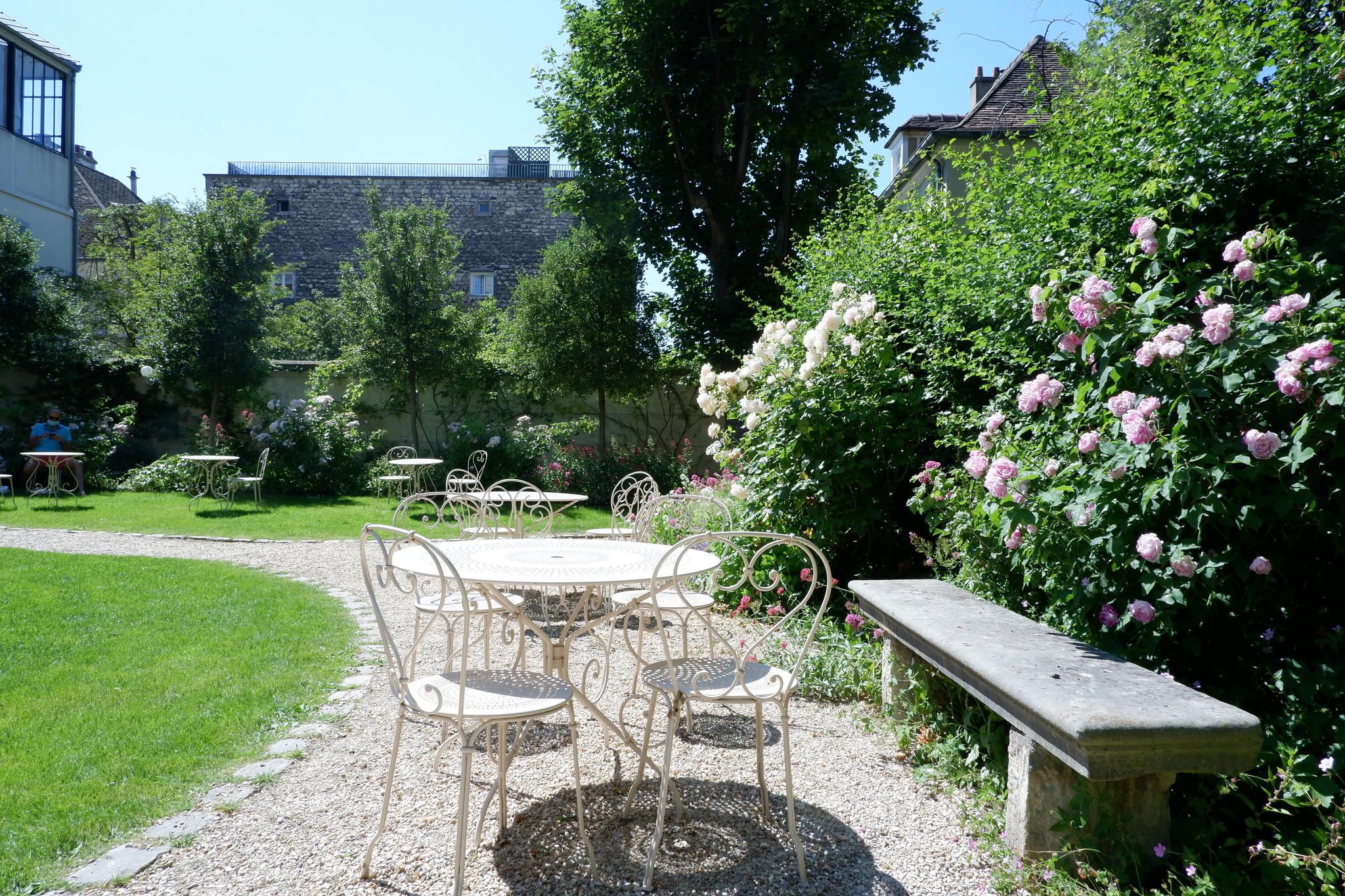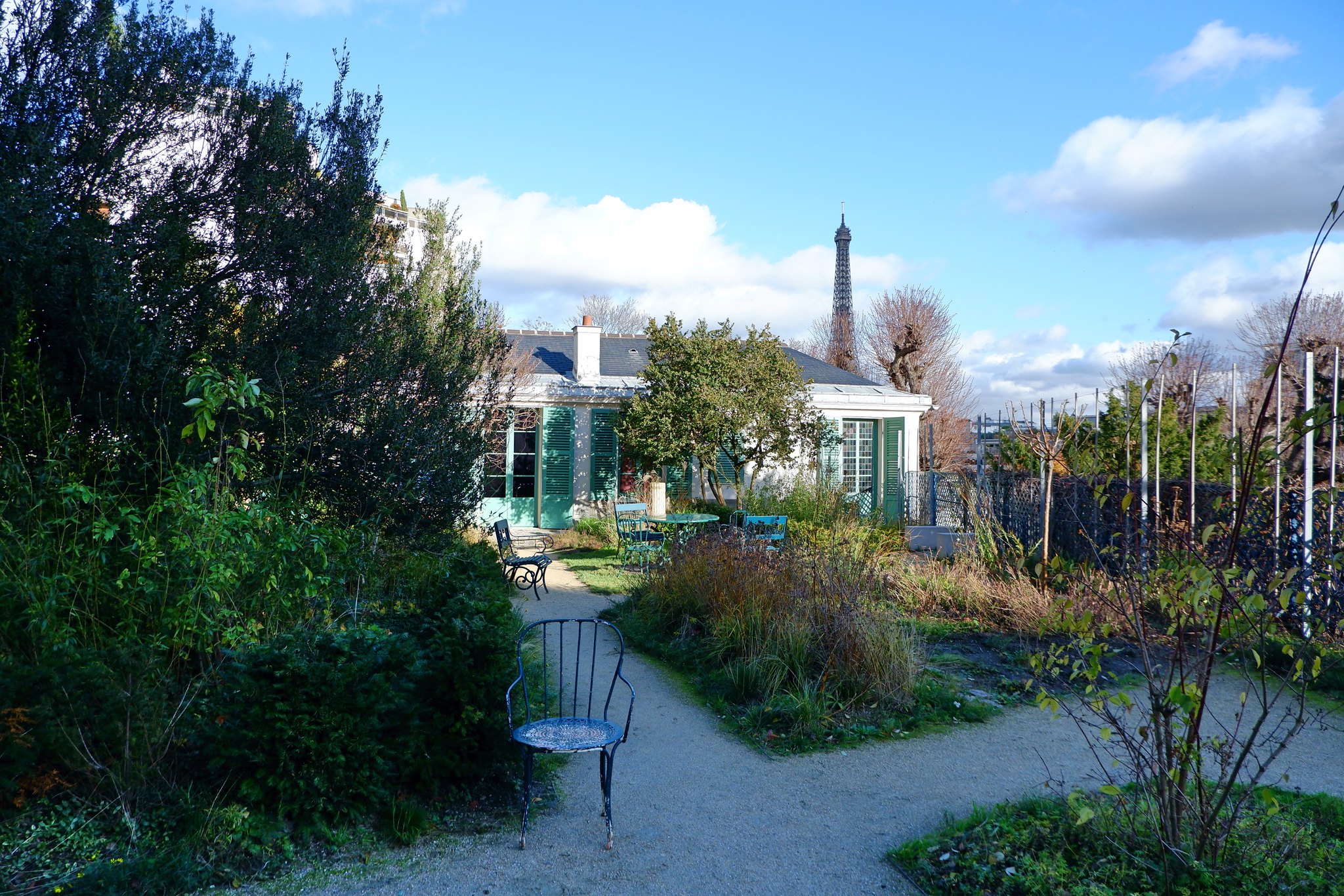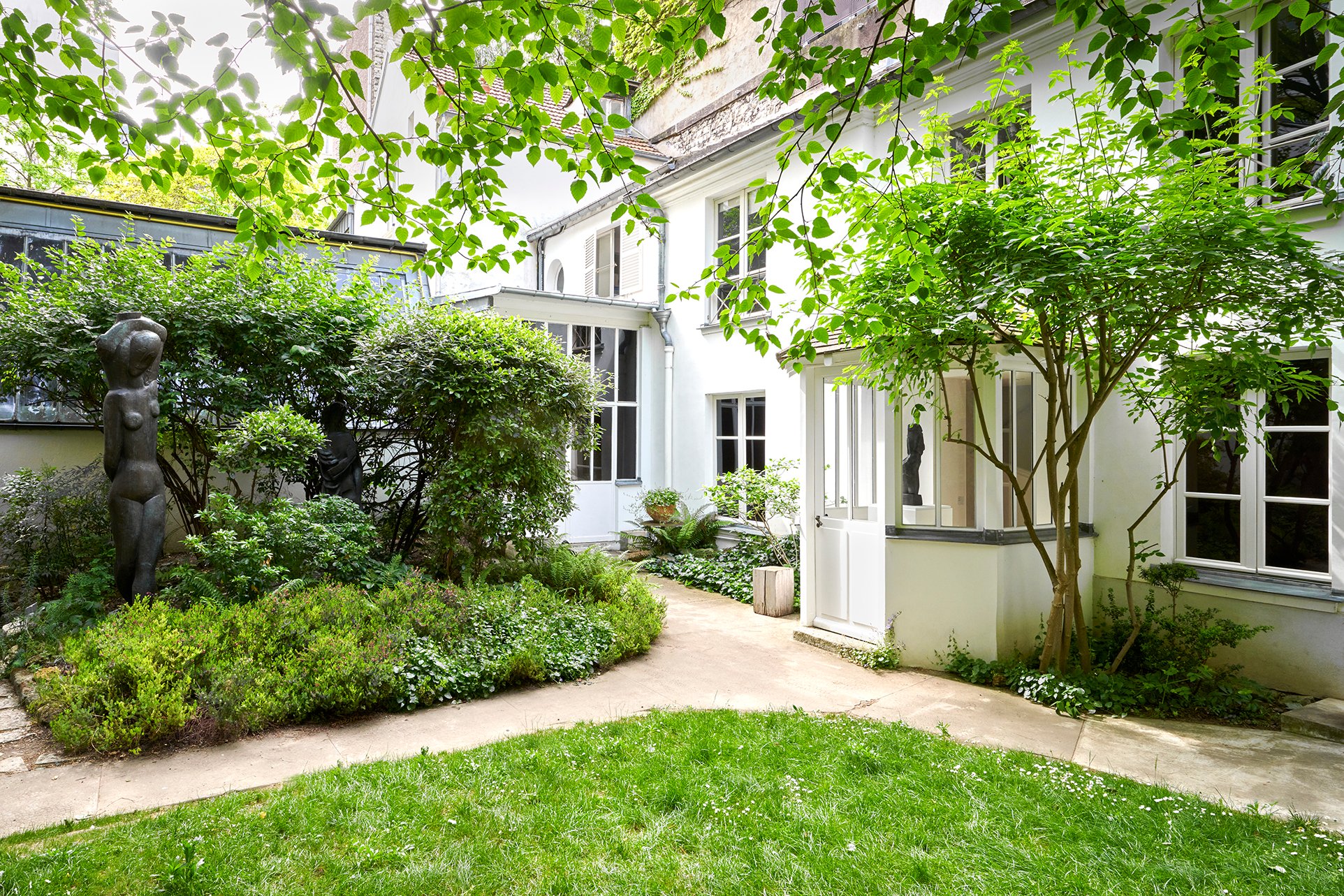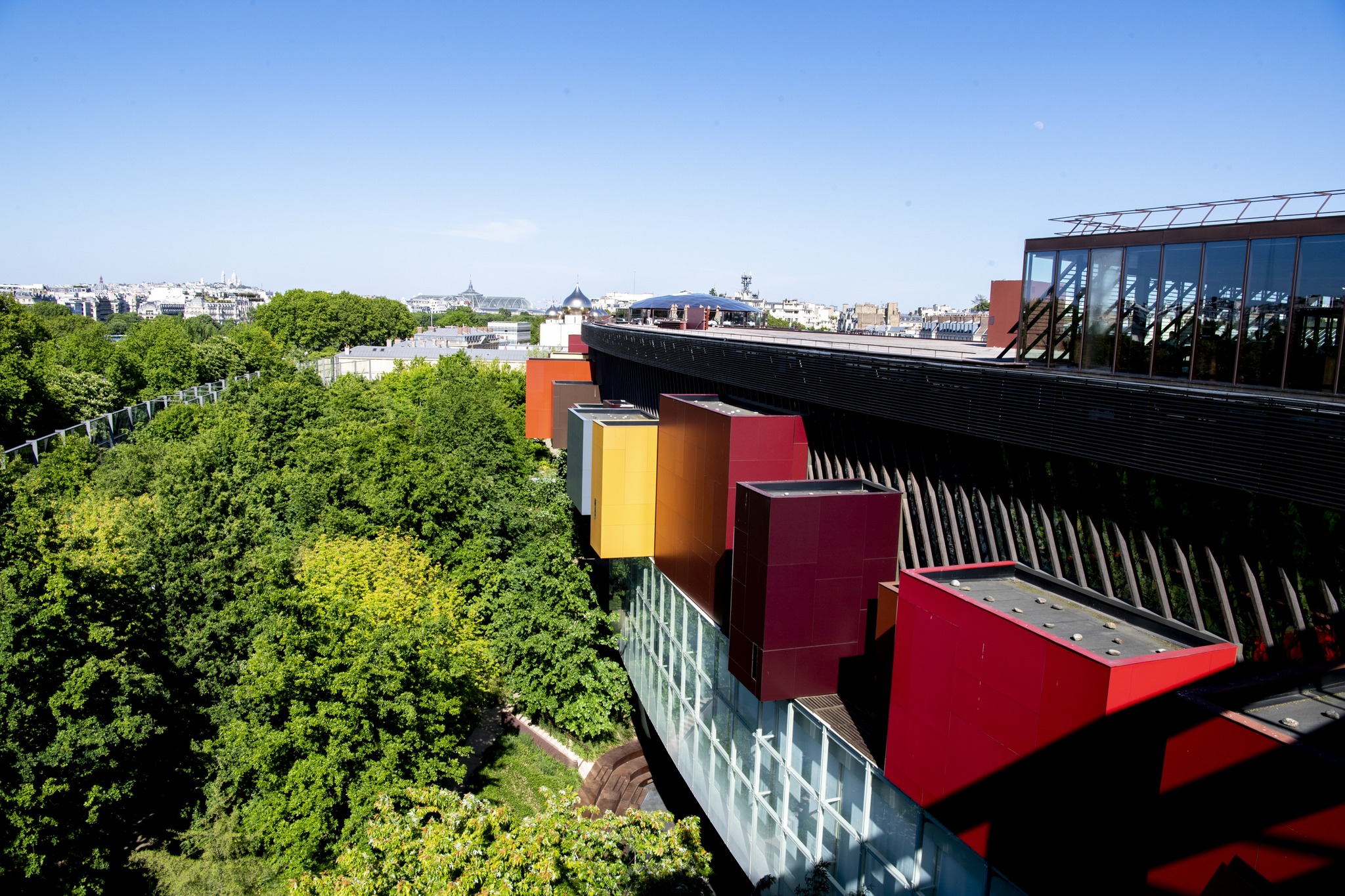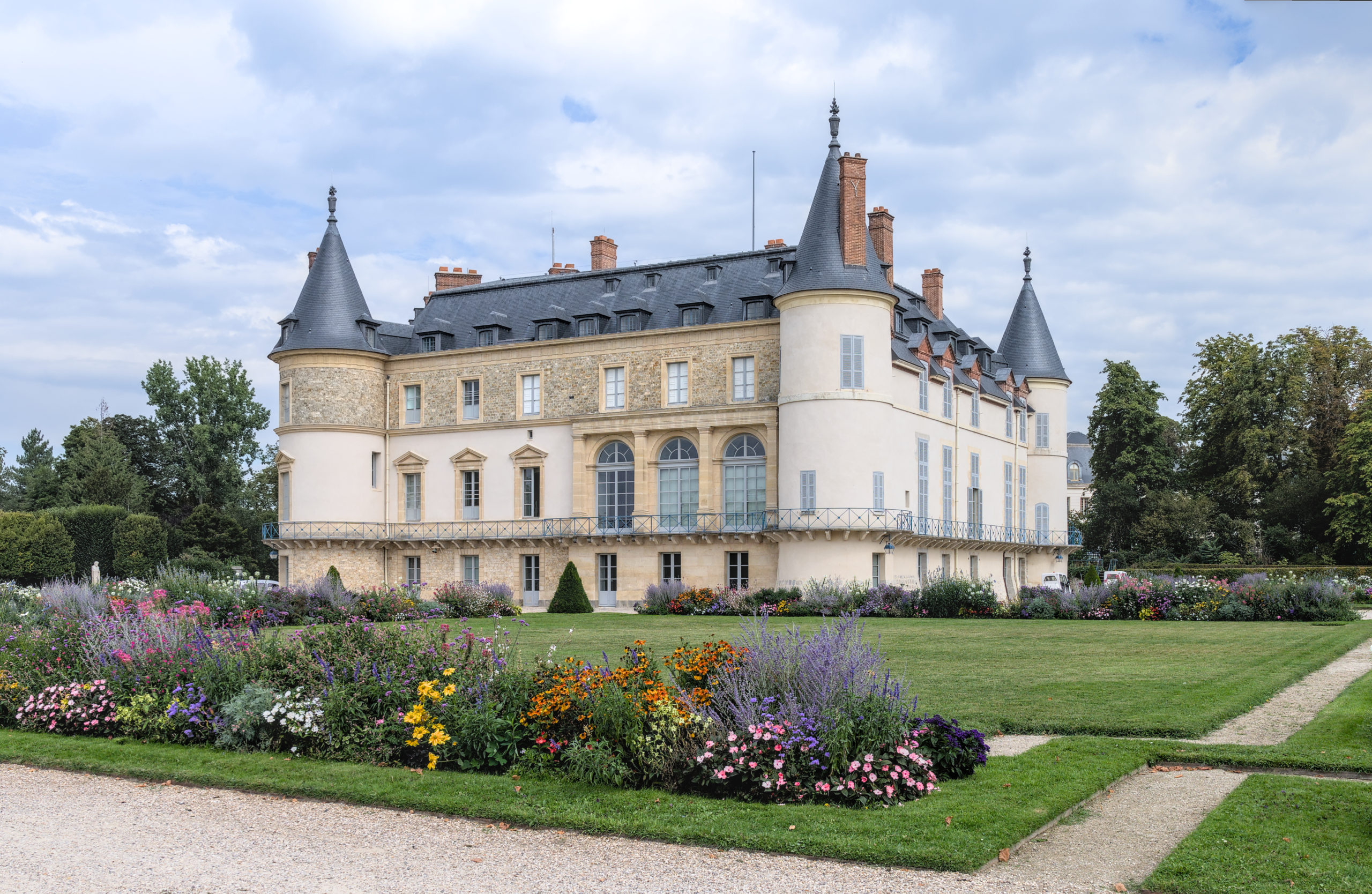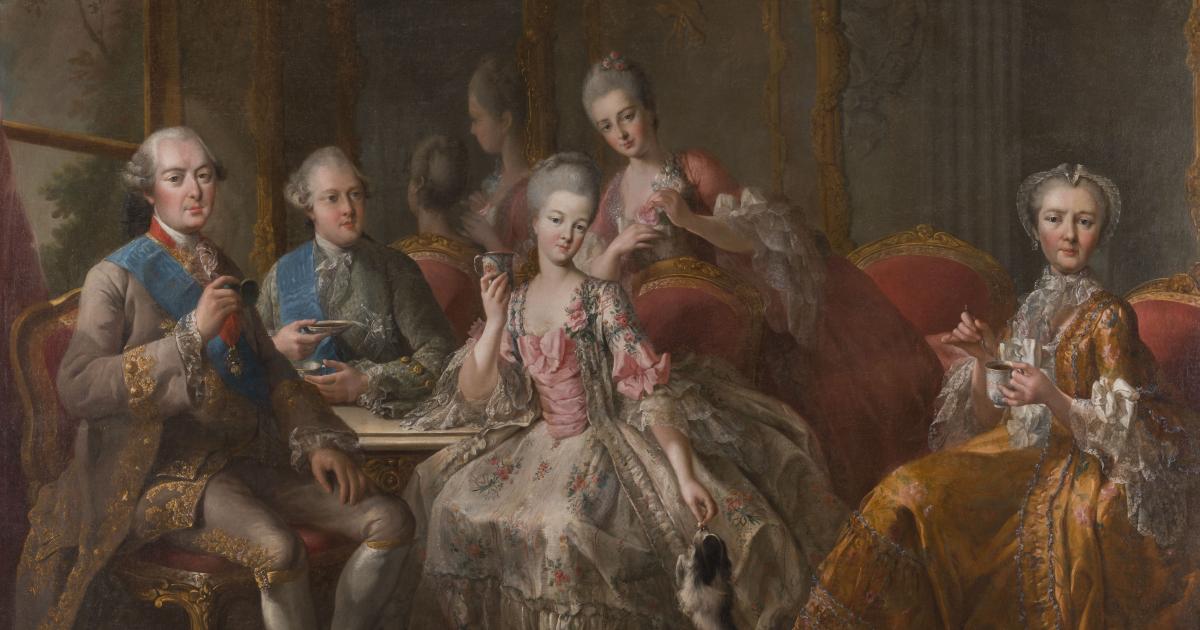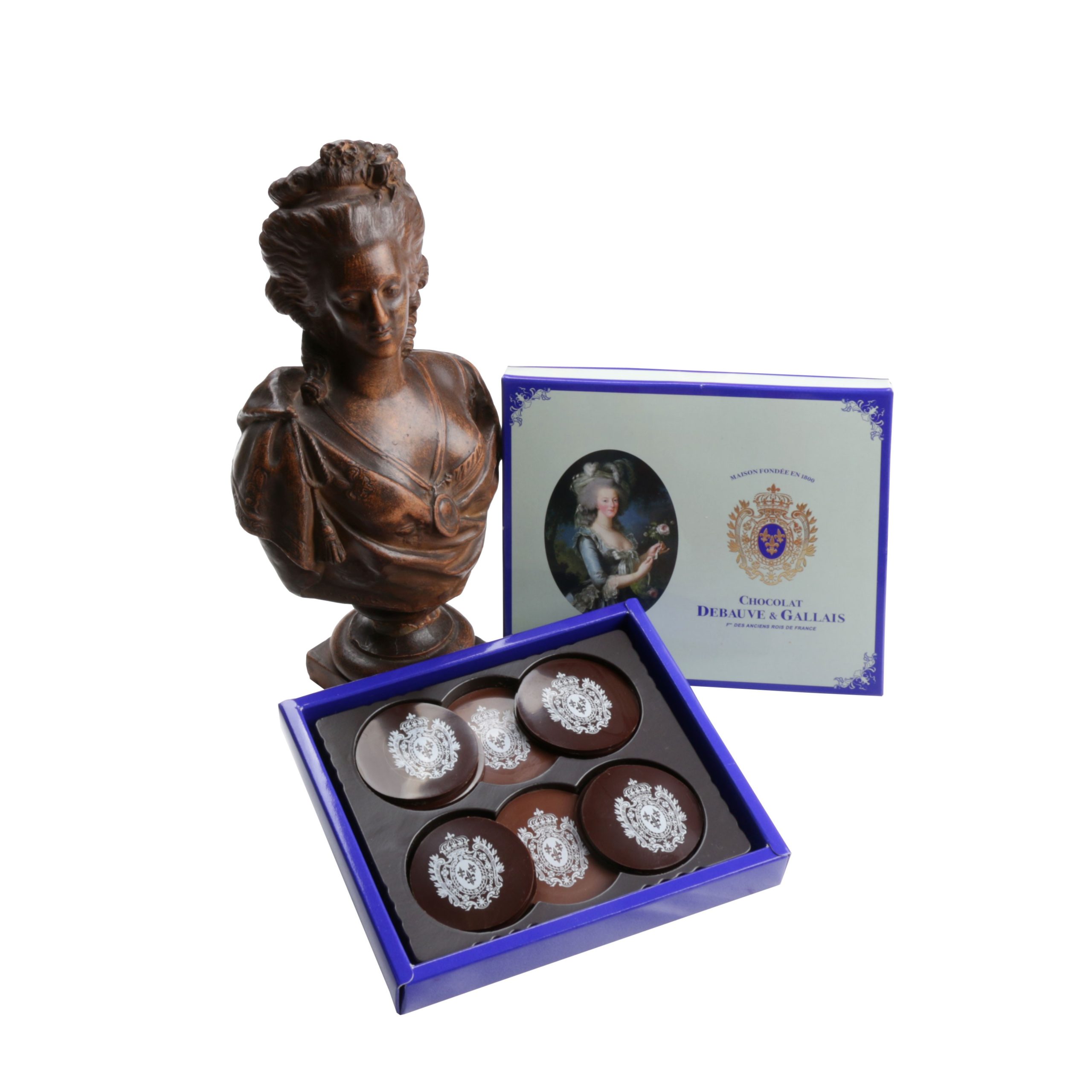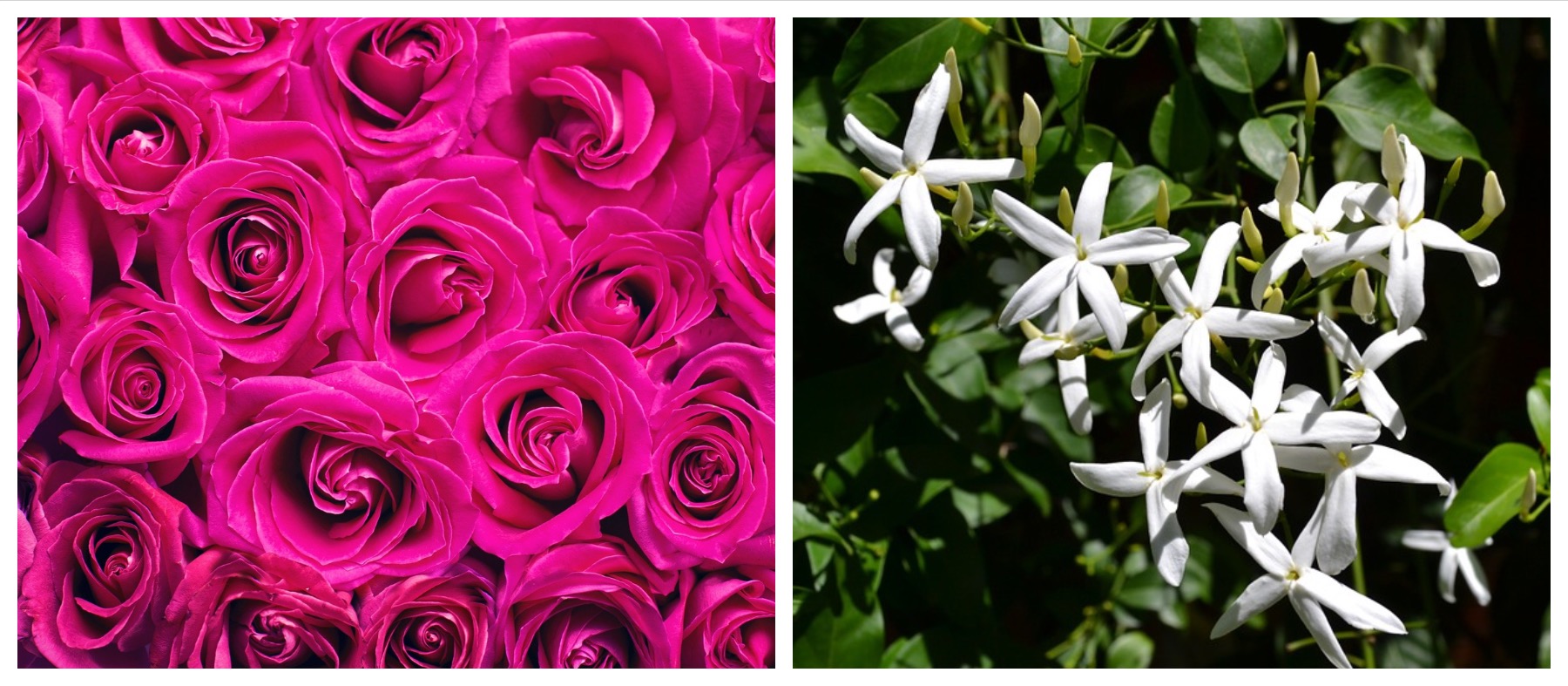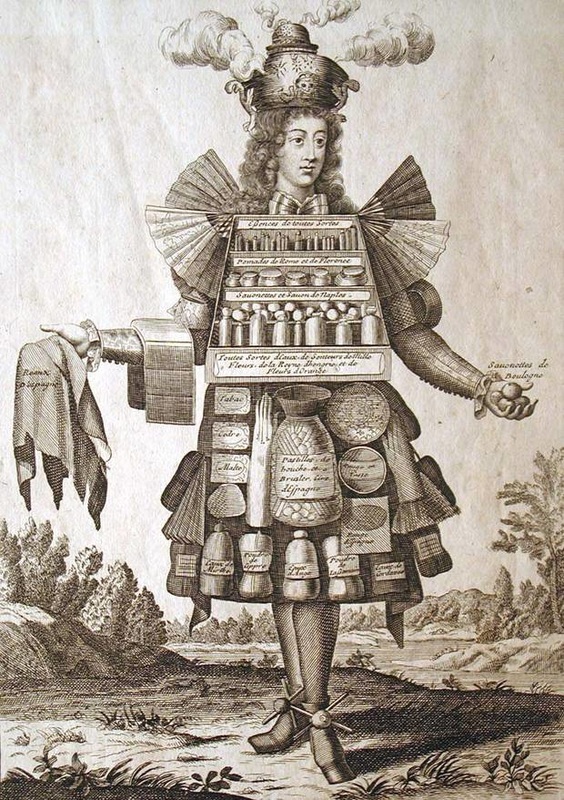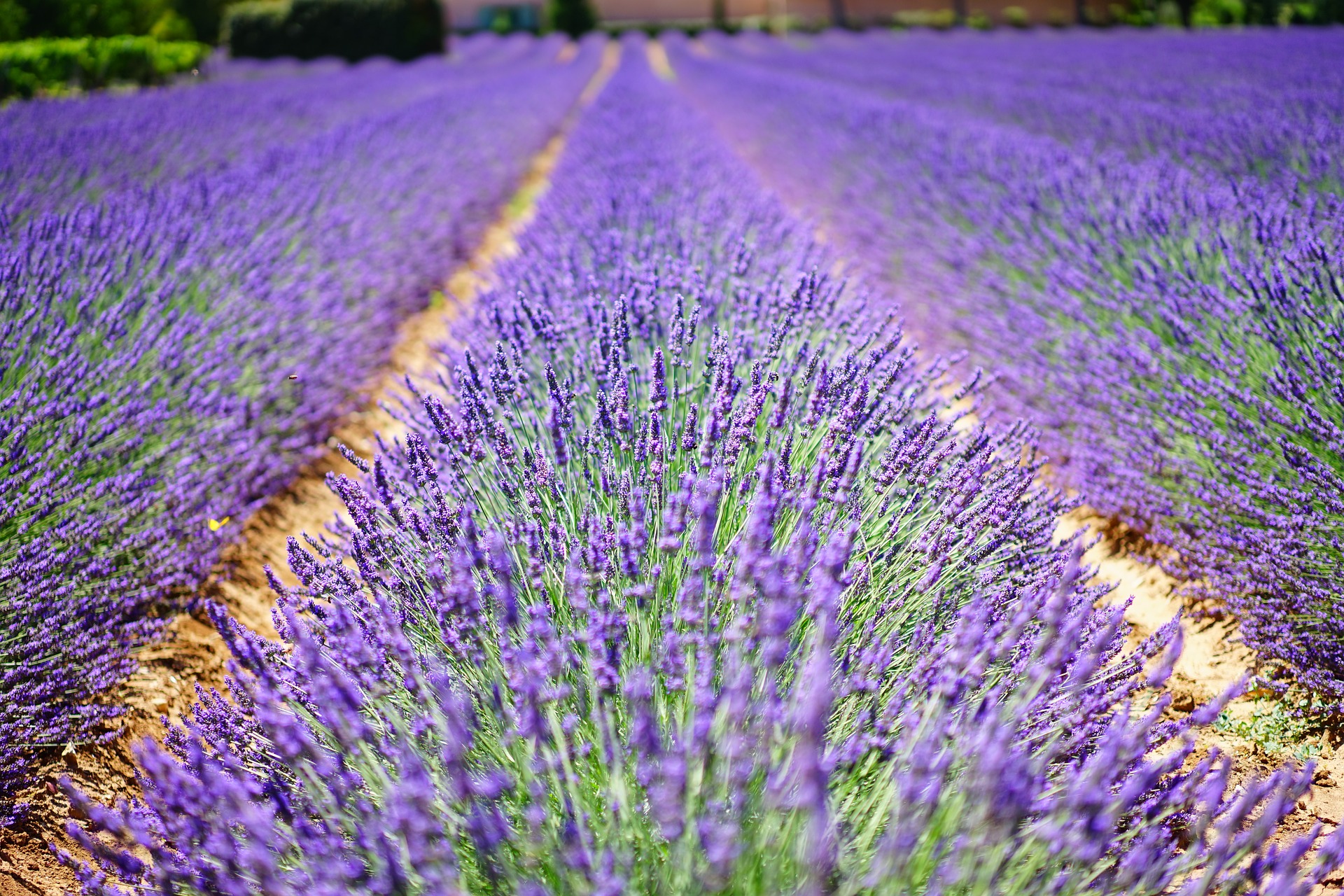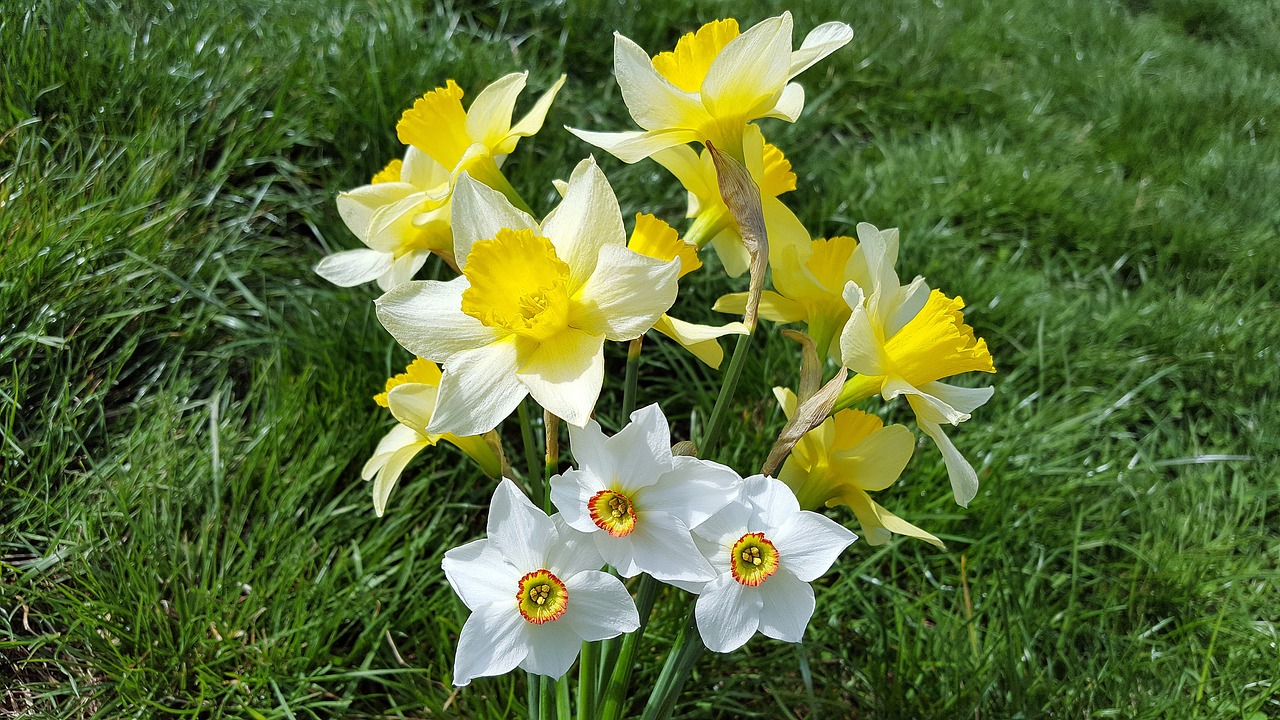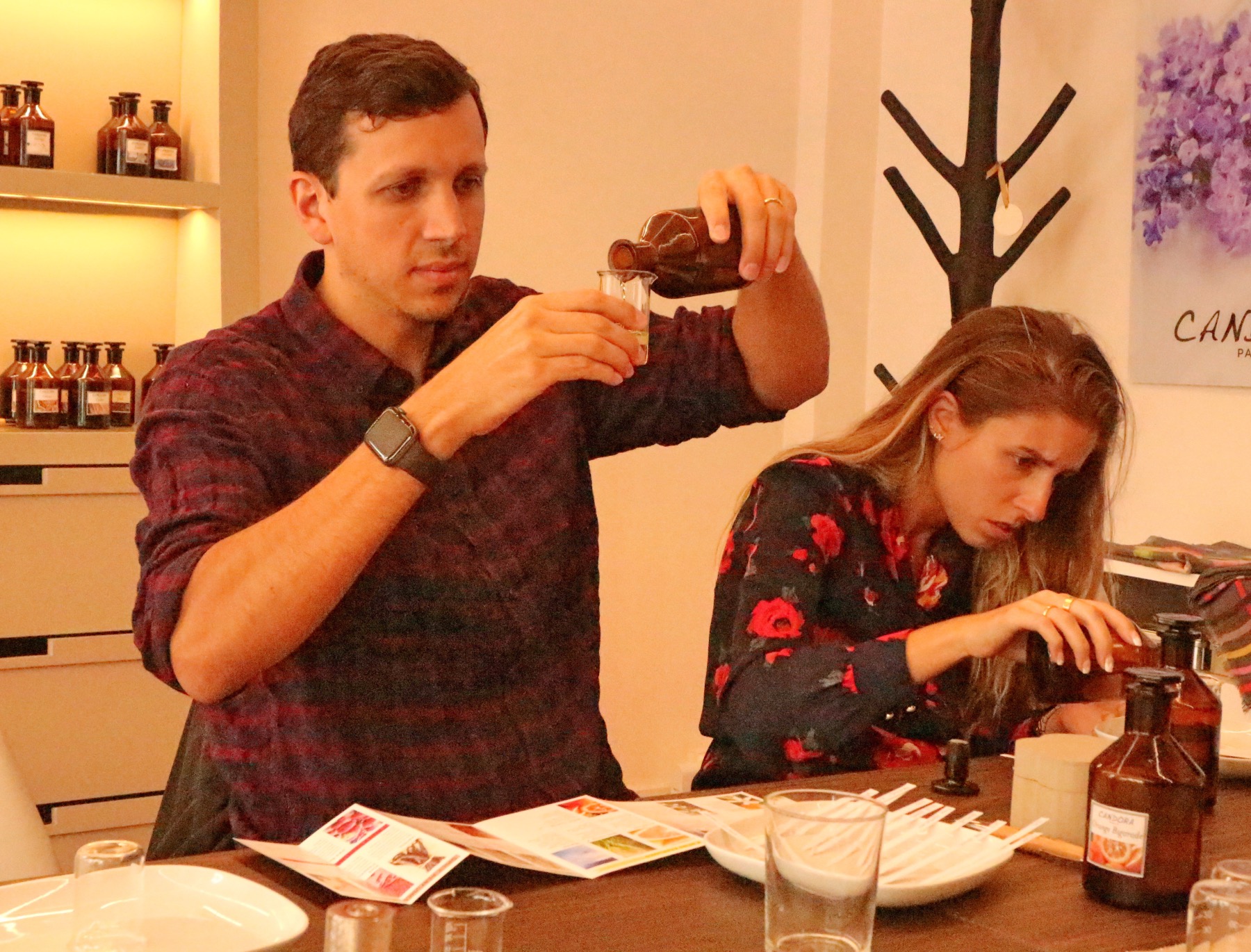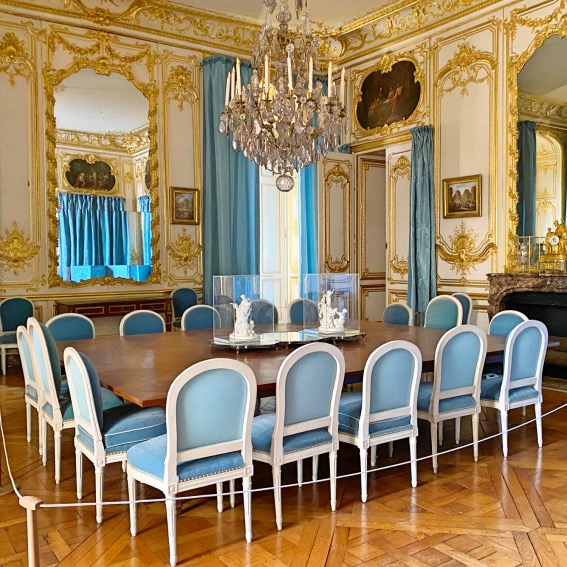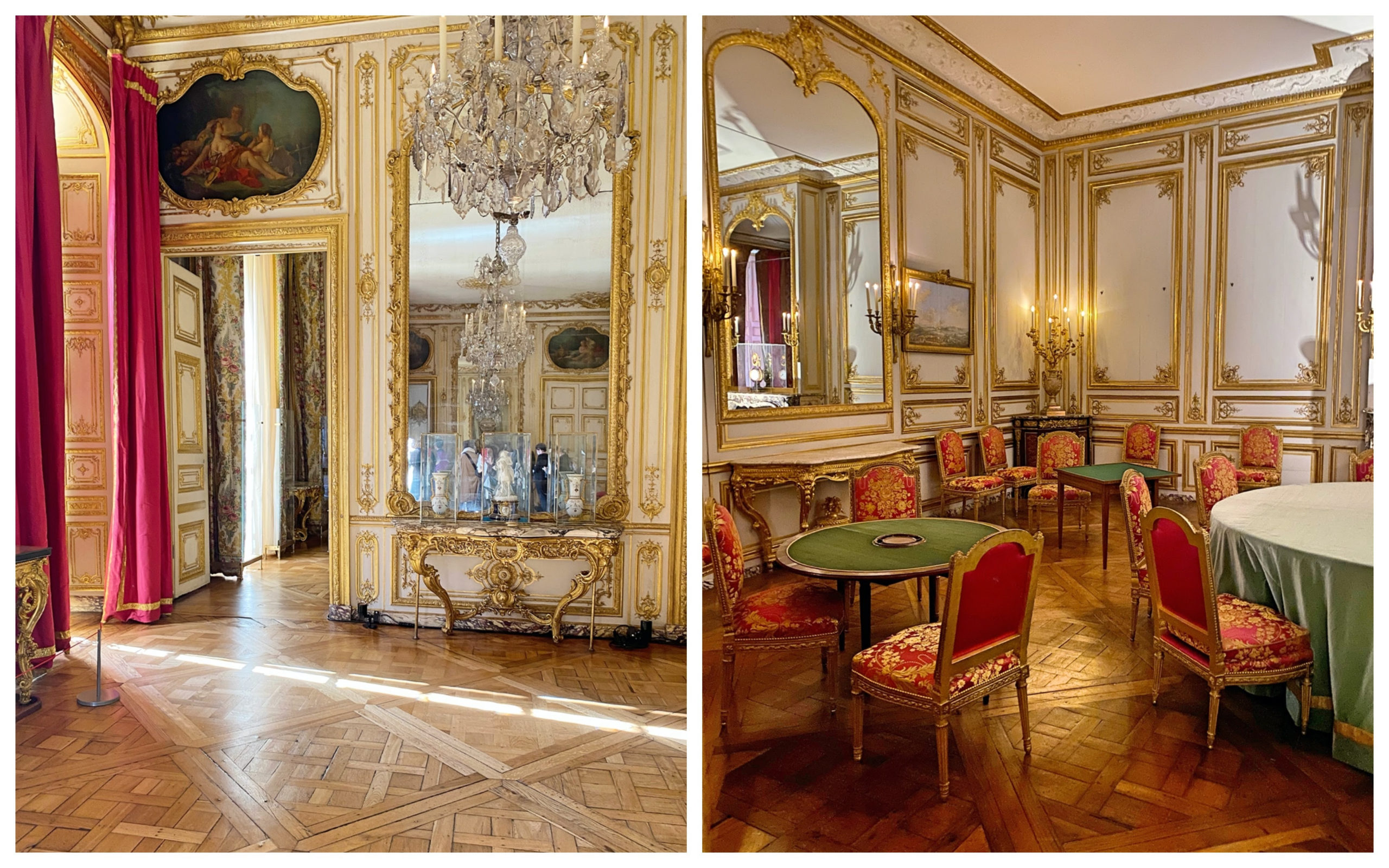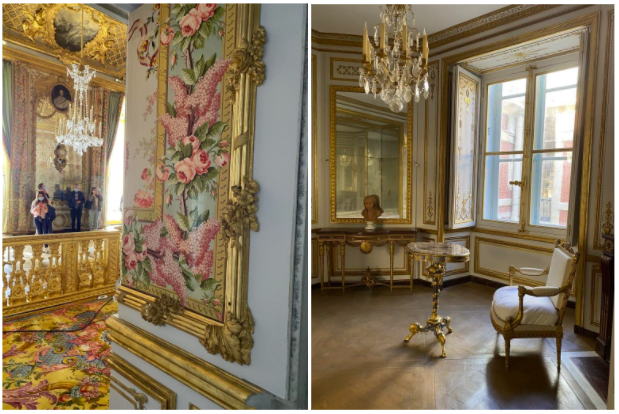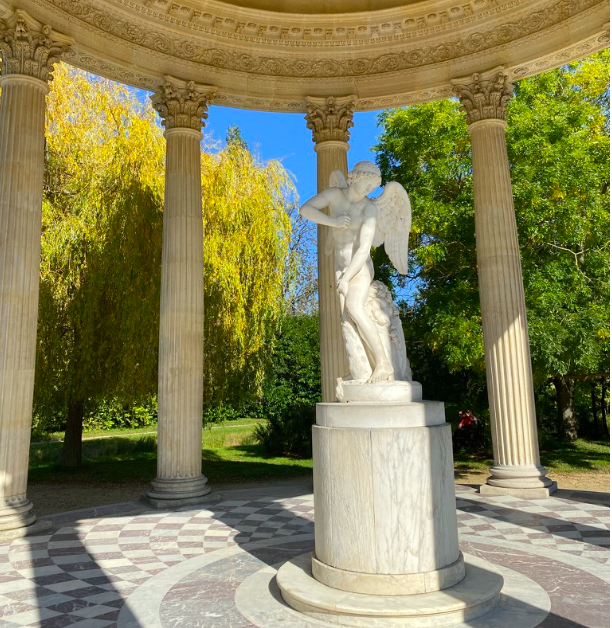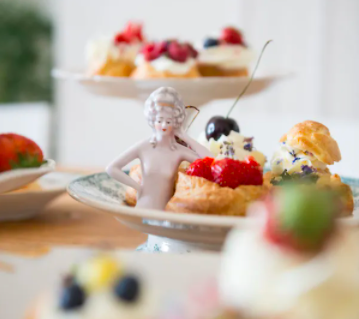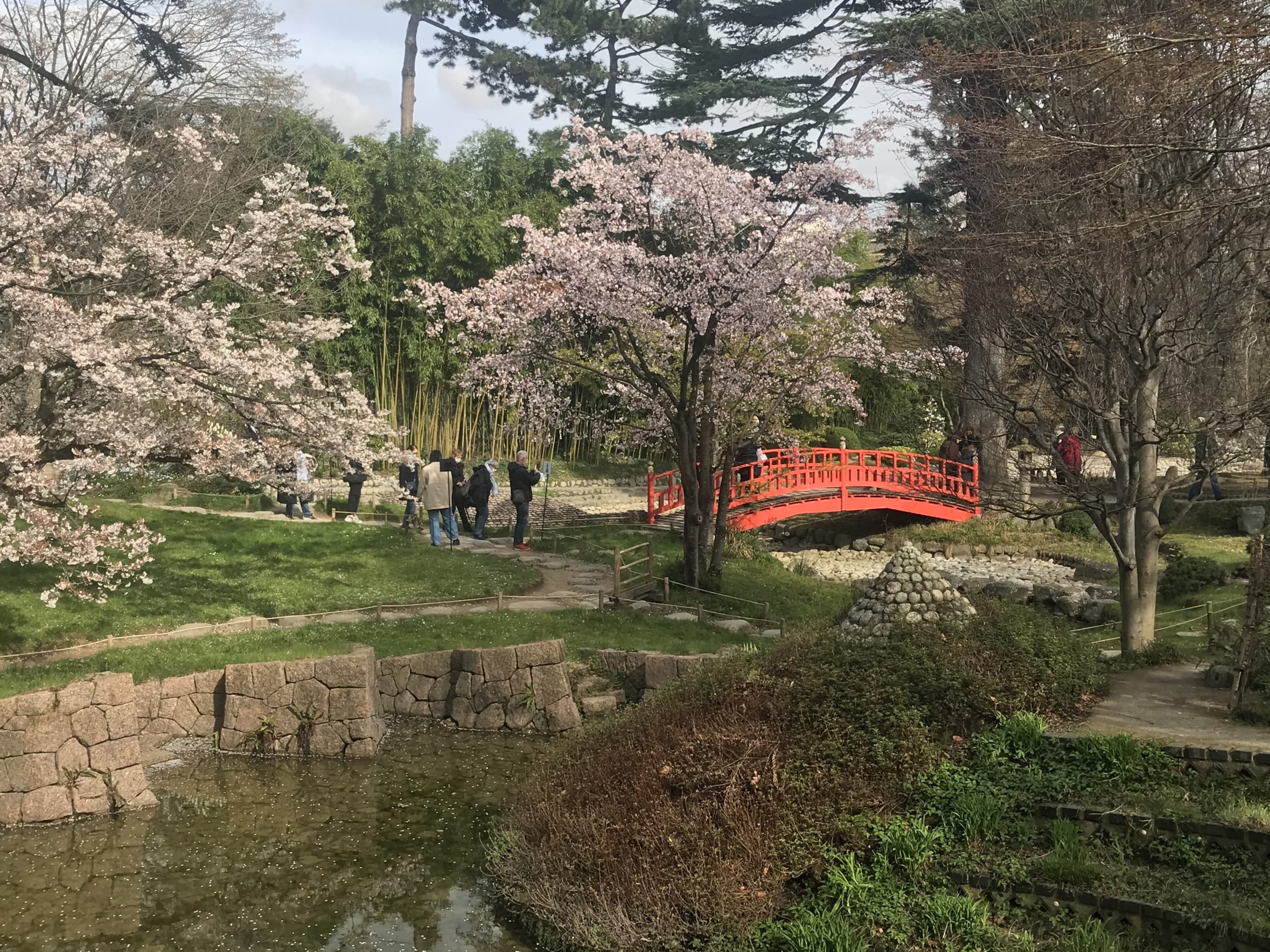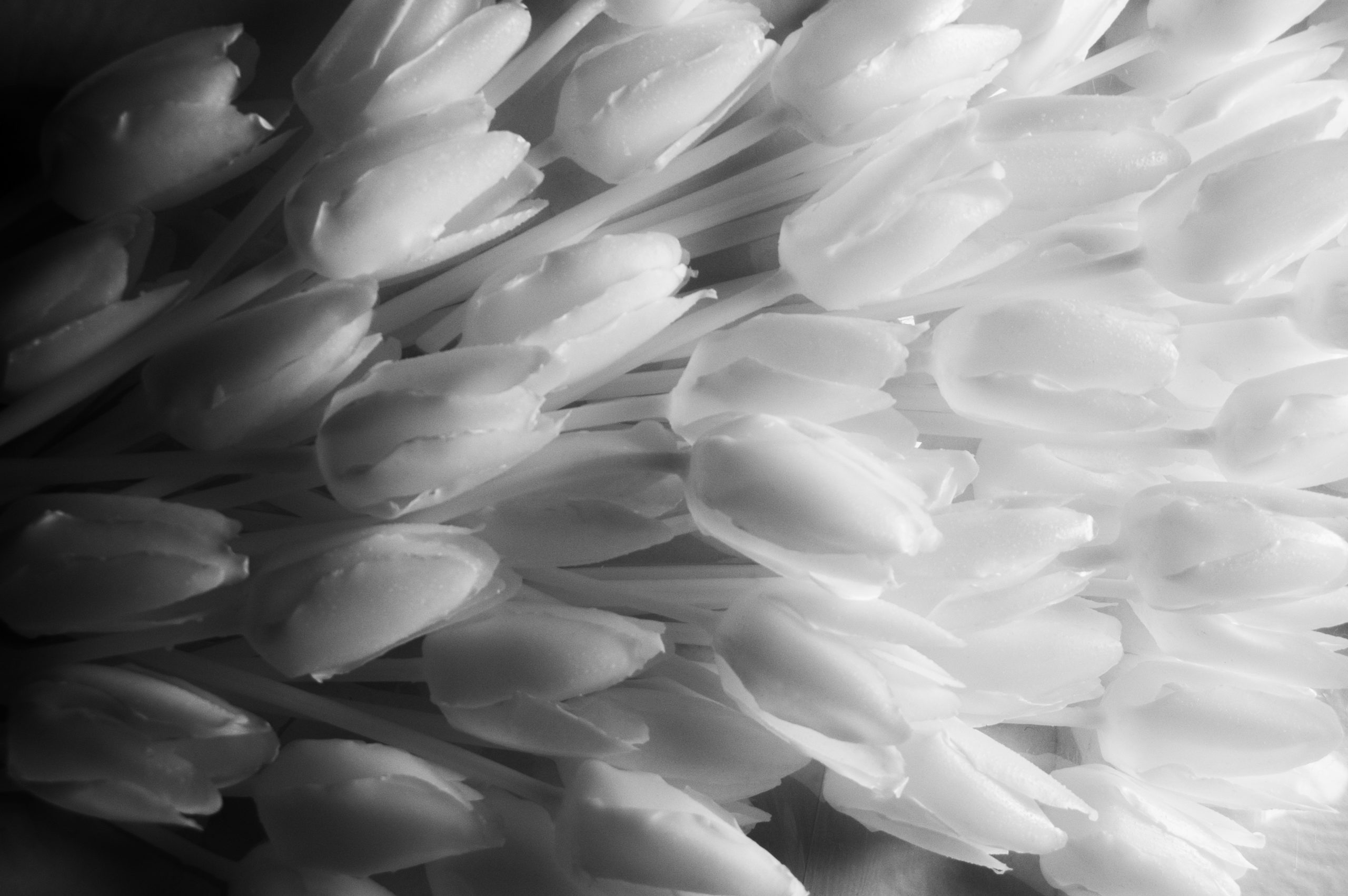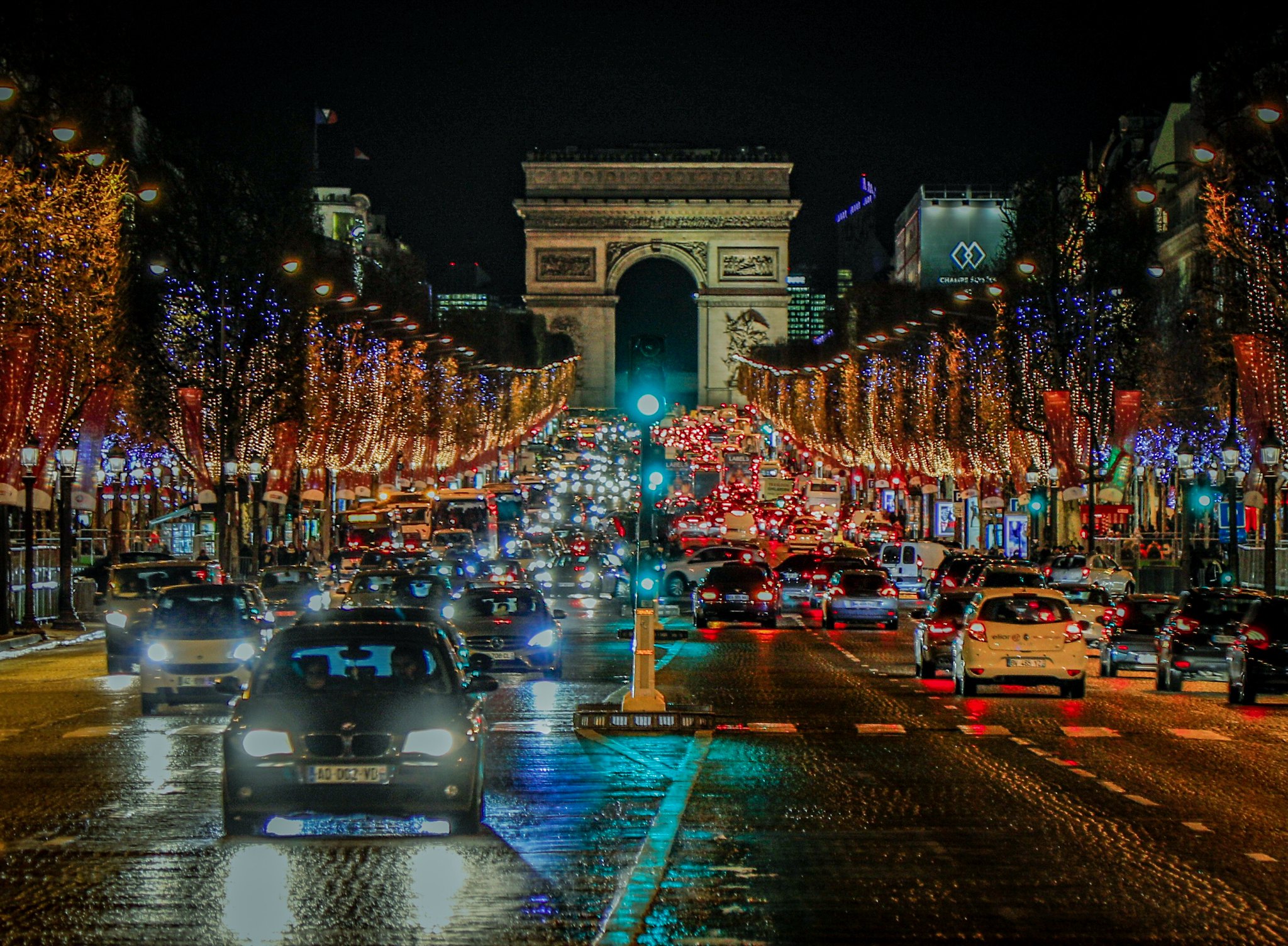A Marie-Antoinette Inspired Holiday Gift Guide
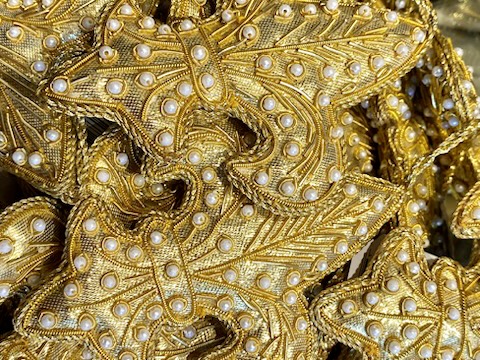
For this holiday season, in celebration of the publication of my book, Marie-Antoinette’s Legacy, we’ve put together a list of fabulous gift ideas honoring France’s most famous queen. Marie-Antoinette was one of the first celebrities: her taste in gardens, porcelains, fashions, and decorative arts continues to inspire fashion designers, film makers and decorators.
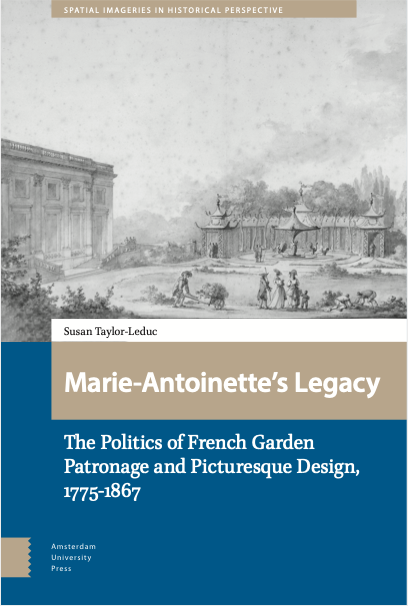
My New Book: Marie-Antoinette’s Legacy
Marie-Antoinette’s Legacy, The Politics of French Garden Patronage and Picturesque Design, 1775-1867, is the ideal gift idea for those looking for a modern perspective on Marie-Antoinette. My book examines how Marie-Antoinette’s trendsetting garden design at the Petit Trianon, Versailles significantly changed French garden history. Despite the queen’s regicide during the French Revolution, her gardens survived. Inspired by the queen’s legacy, three empresses, Joséphine, Marie-Louise and Eugénie, forged their own garden projects at Versailles and Malmaison. Learn more about the book and acquire a copy here.
Gift Certificate: Exclusive Marie-Antoinette Tours
What’s better than reading about gardens? Visiting them! If someone you know is planning a trip to Paris in the coming year, then there is no better gift than one of my tours. One of my tours is entirely dedicated to the queen at Versailles, where we visit the Petit Trianon and the surrounding gardens. At the Petit Trianon and Hameau, you will learn how the the gardens became one of most enchanting and misunderstood sites in French history. Reach out to us here to purchase a gift certificate or arrange a custom tour.
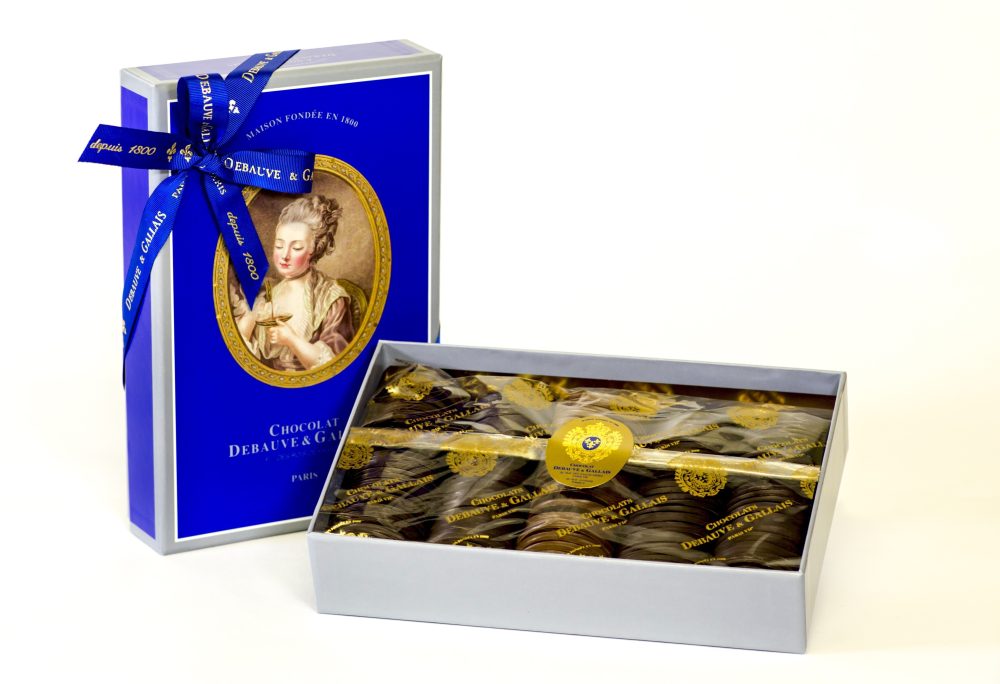
The Queen’s Chocolates – Debauve & Gallais
Established by the chocolatier and pharmacist of the Queen, this confectionery shop is one of the oldest in Paris. Among their selection of high-quality chocolates are Marie-Antoinette pistoles; thin, round chocolate tablets created by Sulpice Debauve for the Queen. The assortment box comes with pistoles of dark chocolate as well as ones of different flavors such as vanilla, ginger or earl gray. You can purchase them in their various boutiques in Paris or online here.
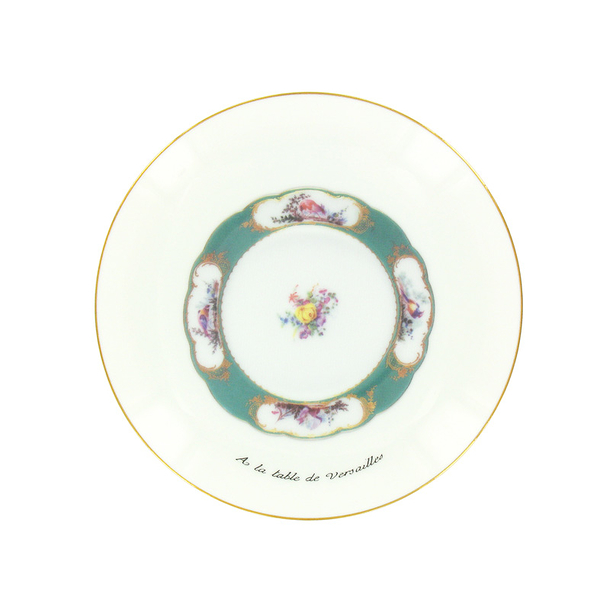
Versailles Replica Dessert Plate
For anyone who loves French pastries in addition to la Reine, consider purchasing one of these “mise en abyme” porcelain plates. The beautifully-crafted plates reproduce designs from the royal table art collections and are made in the prestigious French porcelain mecca of Limoges. This dessert plate represents les Animal Fabuleux, and is the perfect service dish for a refined Marie-Antoinette tea party. These plates are available on the Musées de France online boutique.
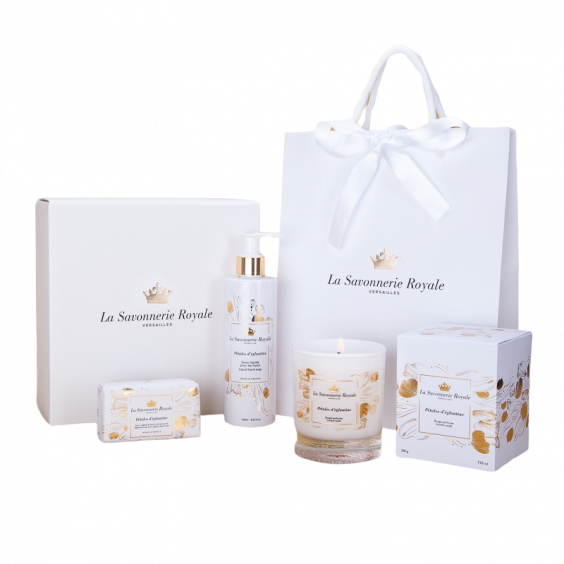
La Savonnerie Royale
For excellent French soaps and candles with a royal twist, peruse the offerings of La Savonnerie Royale. The Official Museum Supplier of le Chateau, this renowned company based in Provence, draws its inspiration from the Palace of Versailles, its history and gardens. Their Pétales d’Eglantine line, made of delicate rose fragrance with musk and woody notes, was created in honor of Marie-Antoinette, who adored roses.
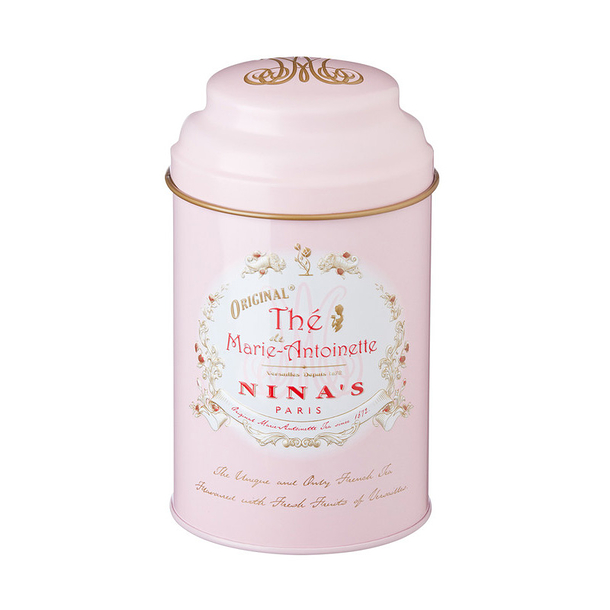
Nina’s Marie Antoinette Tea
Originally specialized in distilling natural essential oils, Nina’s Paris has roots dating back to 1672. Nicknamed the “Magician of Fragrances,” its founder Pierre Diaz began supplying his fragrances to the Royal Court of Versailles, including Marie-Antoinette favorite, rose. Today the company’s focus is on tea, including le Thé de Marie-Antoinette, the only tea in the world flavored with rose petals and fresh apples from the Royal Gardens of Versailles. To produce this, Nina’s Paris is the exclusive partner of Le Potager du Roi. If you can’t purchase via their website for international delivery, there are some options on Amazon.
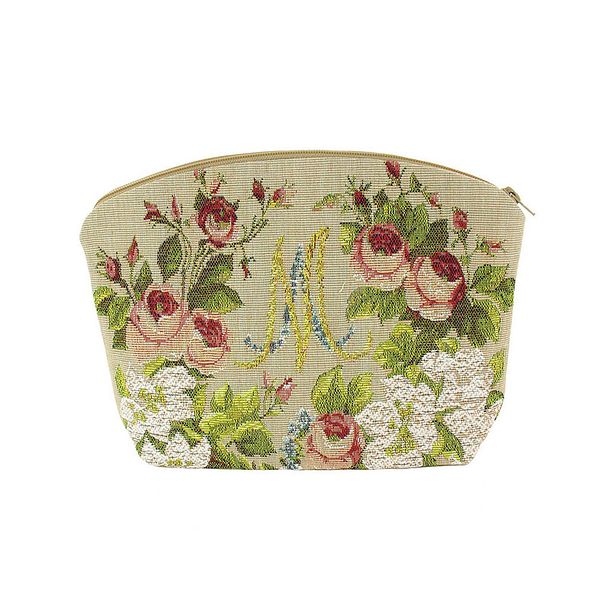
Marie-Antoinette Tapestry Pouch
Your giftee can have Marie-Antoinette always with her thanks to this stylish pouch. Inspired by a detail from Marie-Antoinette’s head-board, the design features roses and lilies, tied with a garland of cornflowers. In 1786, when Marie-Antoinette decided to refresh the textiles of the summer furnishing of her royal bedroom and this beautiful design, created by Lyonnais embroiderer Jean-François Bony, was the result. The pattern is the only original element of this refurbishment which survived the Revolution. Purchase it through the Chateau de Versailles at this link.



